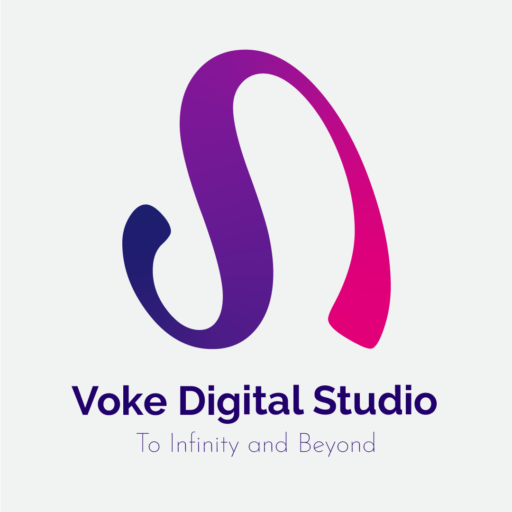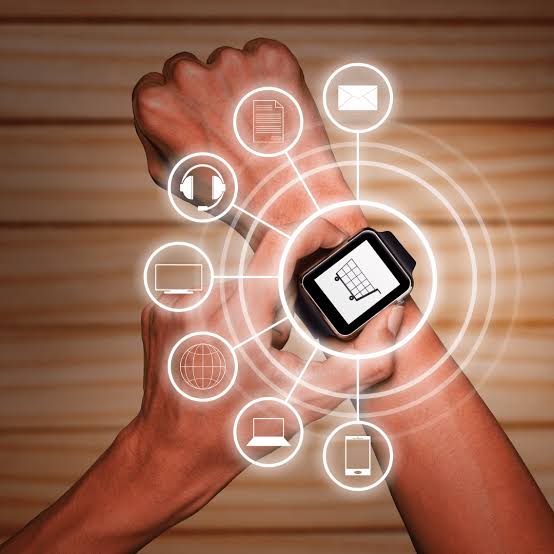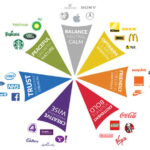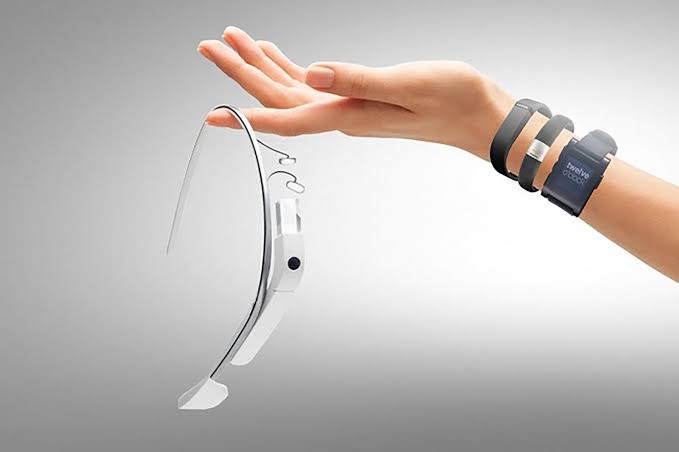
Design On The Move: Your Wearable Technology Design Guide
Explore wearable technology design, smartwatches & UX challenges. Tap into future tech innovation with expert insights & wearable technology design tips.
Table of Contents
- Introduction: The Rise of Wearable Technology Design
- The Not-So-Glam side of Wearable Technology Design
- UX, Function & Flow: Human-Centric Wearable Technology Design
- Unlocking Goldmines: Opportunities in Wearable Devices Space
- Future Forward: What’s Next For Wearable Technology Design
- Final Thoughts: Designing the Smart Revolution
Introduction: The Rise Of Wearable Technology Design
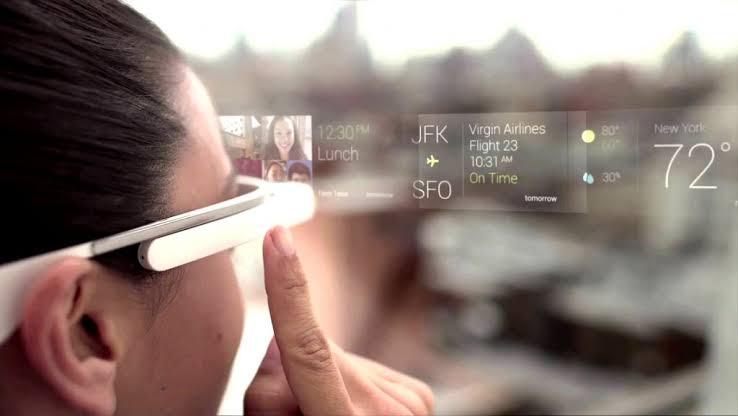
From fitness trackers to smartwatches, wearable technology design is shaping the next phase of digital evolution. These compact, stylish tech devices combine utility with innovation, integrating seamlessly into users’ daily lives. But as sleek as they look, designing for these devices is no small feat.
The journey of designing wearable devices isn’t just about miniaturising screens — it’s about crafting an experience that feels personal, intuitive, and powerful.
The Not-So-Glam Side Of Wearable Technology Design
While wearables are booming, wearable technology design comes with its own set of design headaches. The biggest hurdle? Limited screen real estate. Unlike smartphones, wearables need to display essential information quickly and clearly on tiny surfaces.
Another pain point is battery life. Smartwatches and fitness bands must last long hours without sacrificing performance, forcing designers to work closely with engineers to optimise energy usage.
UX design is another critical factor. How can a smartwatch notify users without overwhelming them? How can fitness trackers collect data without being intrusive? These are questions that demand creativity, empathy, and technical know-how.
Then there’s the question of human-centred design in wearables. Designers must understand how users interact with devices on-the-go—while jogging, cooking, or even sleeping. This requires extensive user testing and iterative design processes.
UX, Function & Flow: Human-Centric Wearable Technology Design
In the world of UX design, wearables require a user-first approach. Every swipe, tap, or notification must serve a purpose.
Good wearable technology design anticipates needs and minimises friction. For instance, designing interfaces for smartwatches isn’t just about making icons smaller — it’s about simplifying functionality. Think swipe-to-dismiss, tap-to-reply, gesture control — intuitive patterns that feel natural.
The role of human-centred design in wearables becomes pivotal here. Designers need to consider how people use tech in motion, under stress, or with limited attention. It’s a full-blown psychological study paired with visual strategy.
Unlocking Goldmines: Opportunities In Wearable Devices Space
Despite the hurdles, wearable technology design holds immense promise. The global shift toward health and wellness has pushed brands to innovate. From smartwatches tracking heart rate to wearables measuring oxygen levels — health-focused features are leading the trend.
Another major opportunity lies in tech innovation. With AI and machine learning integration, wearables can now make predictions, learn user behaviour, and even personalise experiences.
Startups and giants alike are eyeing the opportunities in wearable technology industry—from AR glasses to smart fabrics. And here’s the kicker: consumers aren’t just looking for functionality. They want style, convenience, and sustainability rolled into one.
By marrying function with fashion, designers can tap into entirely new markets and expand beyond fitness and healthcare into lifestyle, gaming, and even workplace productivity.
Future Forward: What’s Next For Wearable Technology Design
As we move forward, the future of wearable tech design looks both exciting and complex. Designers must gear up to build wearable devices that are not only efficient but also ethical and sustainable.
Imagine eco-friendly smartwatches made from recycled materials. Think biometric clothes that adjust temperature based on your body heat. The future of wearable technology design will blur the lines between tech, biology, and sustainability.
More importantly, brands that embrace human-centred design in wearables and prfioritize user experience for wearable devices will set the new benchmarks for innovation.
Final Thoughts: Designing The Smart Revolution
In conclusion, wearable technology design is more than just a trend — it’s the heartbeat of the next-gen tech revolution. As marketers, designers, and strategists, it’s our role to bridge the gap between innovation and usability.
Whether you’re navigating challenges in designing wearable technology, or exploring the opportunities in wearable technology industry, remember: it’s about empowering users, not just impressing them.
Let your design solve problems. Let your strategy tell stories. And let your wearable do more than just sit on a wrist — let it live with your user.
